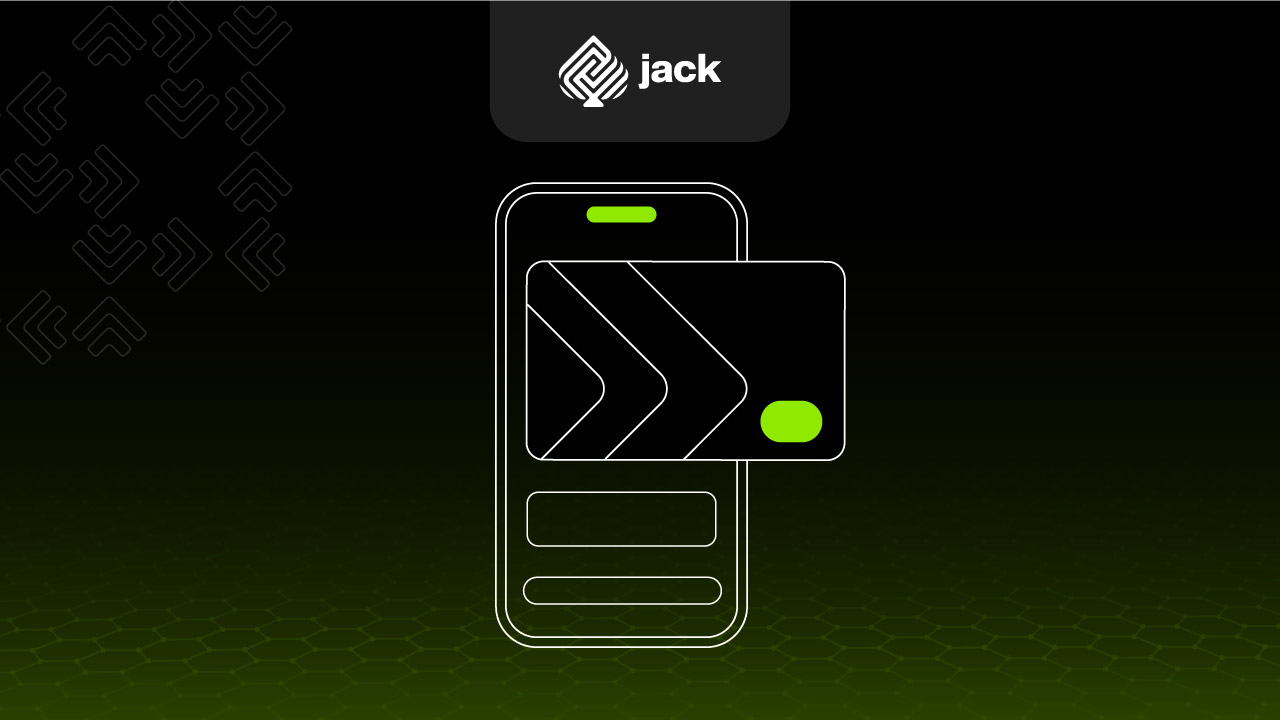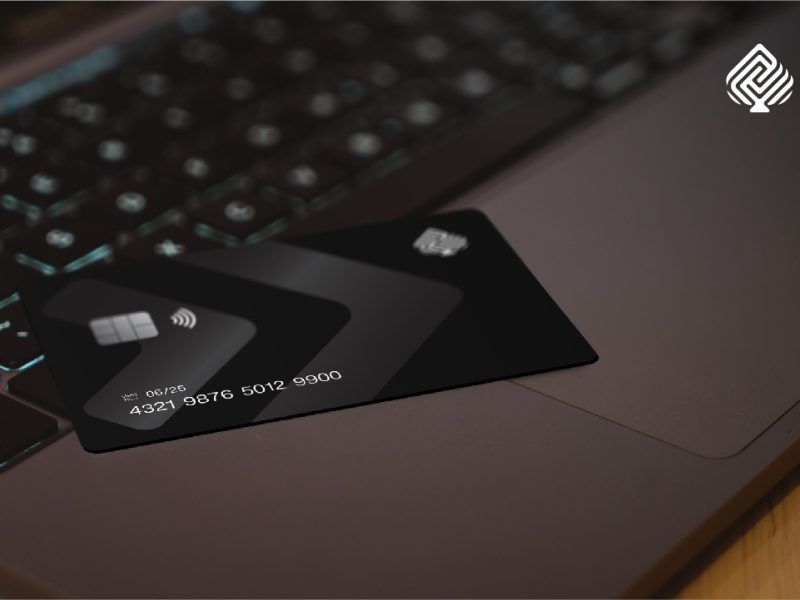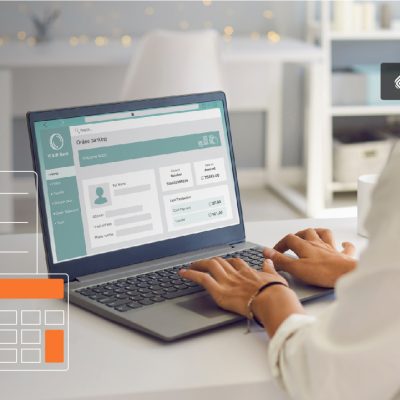The characteristics of a debit card need to be understood when making digital transactions, which are different from using credit cards and e-money. This makes it easier for people to carry out transaction activities as business actors.
A debit card is one of the payment instruments that can be used to pay off obligations that have arisen from economic activities.
For holders of this debit card, of course, they must fulfill their obligations when reducing deposits as cardholders through banks or institutions other than banks to issue their debit cards.
In fact, the existence of this debit card has a function similar to an ATM card, so it can help with cash withdrawals.
Characteristics of Debit Cards

People who have a bank account generally also have a debit card or ATM card. This is because a debit card is part of the savings account service in the banking industry.
Meanwhile, credit cards and e-money cannot be obtained automatically except in the form of gifts. The characteristics of using debit cards and the advantages that can be felt by users are as follows:
1. Physical Appearance
When using a debit card, it will certainly be known that the material used is plastic, which has been regulated by Bank Indonesia.
On the front side of the debit card, it must have a card number of 16 digits, a chip whose function is to encrypt data for security, the name of the card issuer, the name of the cardholder, the card’s validity period, and payment gateway logos such as Visa, GPN, or MasterCard.
Meanwhile, from the back side, there are characteristics of the debit card, including a signature panel for the cardholder, a magnetic stripe, the name or logo of the card issuer, a verification number of 3 digits, and the bank address of the card issuer.
These characteristics are indeed very similar to the use of credit cards except for the payment gateway logos.
2. Funding Source
The funds obtained from this debit card come from the savings deposits held by the account holder in the bank. Thus, for transaction activities using this card, it can only be carried out as long as there are sufficient deposits.
Meanwhile, the source of funds from a credit card is a balance provided in the form of a loan from the card issuer, and the balance has a certain limit or restriction.
If you want to use a credit card to carry out transaction activities, of course, there will be bills on a certain date according to the nominal payment amount for the transactions that need to be made by the customers.
3. Facilities Offered
One characteristic of a debit card is the facilities offered by creating an account through a bank, and this card is often used as a promotional tool for marketplaces or physical stores by providing discounts.
When there are promotions, of course, you can get a discount if you want to make a payment using a particular debit card. In addition to this discount, there are also other facilities that are often given to debit cardholders, such as buying one and getting two items.
The facilities offered by credit cards are certainly more diverse, especially rewards in the form of points that can be collected and exchanged for certain rewards or cashback up to a refund of a certain amount of payment using a debit card.
The cashback given usually returns to the card balance and is certainly different from the facilities of e-money, which are more similar to the use of debit cards, such as discounts if entering a recreational place using a debit card.
4. Costs
The characteristic of a debit card lies in the cost to enjoy various facilities offered, and usually these costs are deducted directly as part of the administrative fees on savings deposits each month.
There are more costs associated with credit cards, such as fees for cash withdrawals, penalties for late payment of bills, installment interest, and annual fees. However, these costs can be avoided if the requirements and conditions of the bank are met.
Meanwhile, e-money actually does not have any administrative fees at all, but of course, you can purchase e-money and there is a difference between the balance in it and the price of the card.
It should be noted that some banks have also implemented transaction fees for filling a certain amount of balance.
5. Transaction Method
Debit cards can be used to support transaction activities by swiping or inserting them into an EDC machine, which is even easier when entering the card number or verification number when transacting online.
Later, the OTP that must be entered can complete the transaction activity, and this transaction method support has also been used by credit cards, which certainly have similar functions.
The characteristic of debit and credit cards is a chip that has been added to the card to provide data security when carrying out transaction activities through EDC machines.
Meanwhile, e-money availability is especially used to support physical or online transaction activities, and many people now use e-money to support transportation or other payments.
6. How to Obtain Them
Debit cards can be obtained directly if you as a customer open an account at a bank, specifically for savings accounts that come with using a debit card. As for some types of accounts, they do not come with the use of an ATM card.
Meanwhile, to obtain a credit card, you must submit an application to the bank and meet the requirements set by the bank.
See also video tutorials from financial and business from Jack.
Use Jack for your business needs
In addition, there is also e-money that can be obtained by making purchases at some minimarket or marketplace stores, which is certainly different from the characteristics of a debit card in general.






